The Twelve Days of Christmas
One of Anonymous’ most popular compositions. Dating back to France in the late 18th century, this seasonal ditty was reportedly used to help youngsters learn about Christianity – for example, the partridge represents Christ; the calling birds, the four Gospels; the Lords are the Ten Commandments – and so forth. There’s a rather different version in the west of France. It’s all about food! Among the delicacies sung about are four pigs trotters, seven spitted rabbits, eight plates of salad and ten full casks.

Good King Wenceslas
Anonymous popped up in Finland in the 13th century to write a spring carol. The tune was later commandeered for this homage to a kindly Czech king. Wenceslas seized power from his mother (who was opposed to Christianity), ended the persecution of the clergy and became celebrated for his kindness and generosity to the poor. He was killed by his own brother, Boleslav the Cruel (living up to his name).
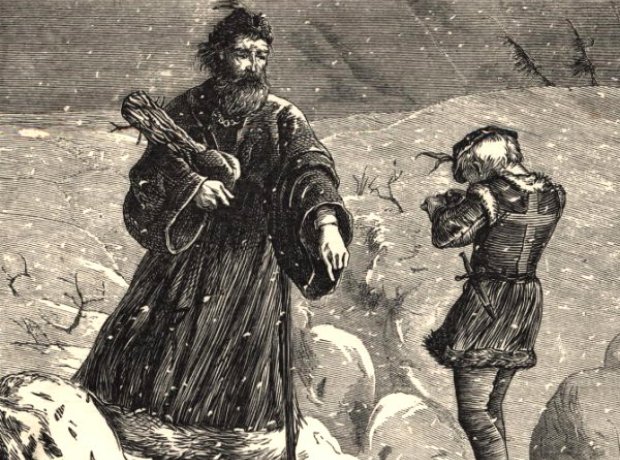
Ding Dong Merrily on High
Best known for its Latin refrain – “Gloria (prolonged over several bars), Hosanna in excelsis!” – this carol can be traced back to France in the 16th century, but the words come from a passionate bell-ringer and Anglican priest, George Woodward.
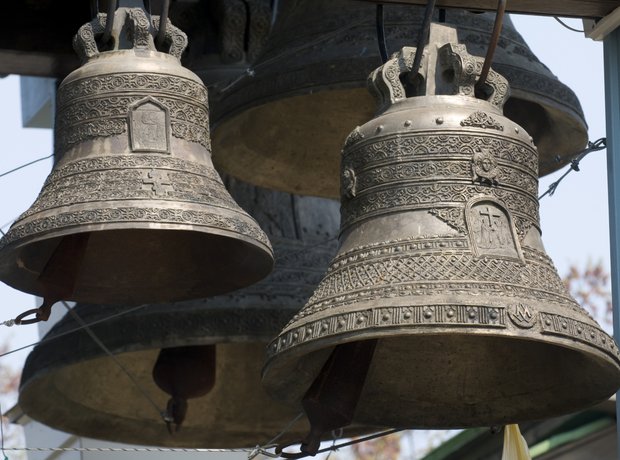
The First Nowell
The First Nowell originated in Cornwall. It was published in a collection called Xmas Carols Ancient and Modern in 1833 by a solicitor William Sandys.
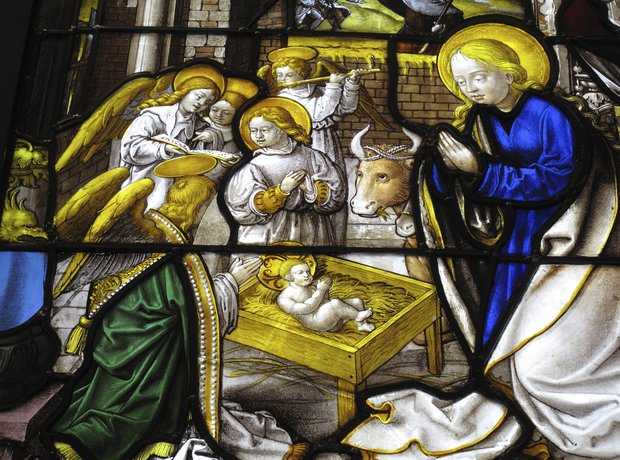
God Rest Ye Merry Gentlemen
God Rest Ye Merry Gentlemen was published as early as 1760. It’s thought it was meant for the ears of those cheery chaps who were rather overdoing the eating and drinking during the festive season and to remind them the true meaning of Christmas.

The Holly and the Ivy
This evergreen carol is a mash up of Christian and pagan imagery. In ye olden times, during the winter, song contests were held between men and women in villages. The chaps would sing carols praising the macho holly and dissing the feminine ivy whilst for the women it was the other way around. There was usually a happy ending though as the two groups would eventually join together in harmony under the mistletoe.

O Come All Ye Faithful
Another of the most loved of Christmas hymns started out as Adeste Fideles – the oldest manuscripts of it have been found in a royal library in Portugal. This is such a popular one that lots of people have been named as the composer – including even Handel, Gluck, Thomas Arne, and King John IV of Portugal.
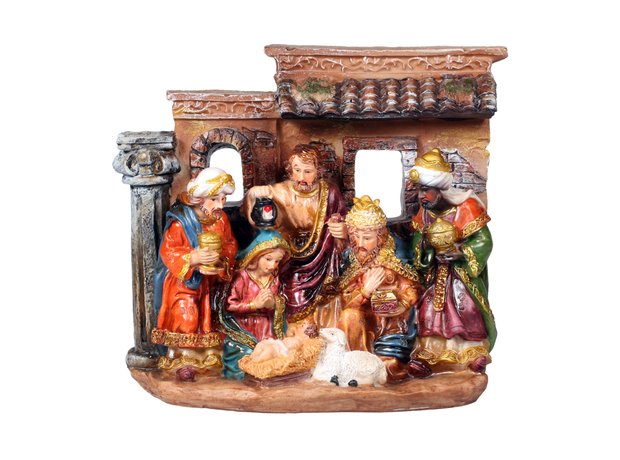
The Coventry Carol
The Coventry Carol has its origins in a 16th century nativity play. They play was called The Pageant of the Shearmen and the Tailors, which even Shakespeare himself may have watched. Its haunting tune first appeared in 1591 but the words came from one Robert Croo, some 57 years before.
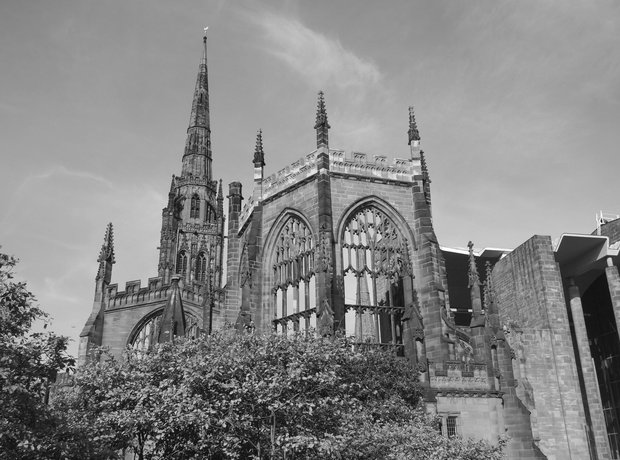
I Saw Three Ships
A traditional English carol which is loosely related to Greensleeves which Anonymous also wrote. It’s thought that the words evolved from wandering minstrels in medieval times but there’s also a school of belief that the origins of I Saw Three Ships came from the story of the skulls of the three wise men being taken by sea to Cologne Cathedral in Germany (which happens to be nowhere near the sea).

Angels from the Realms of Glory
Before 1928, this carol was sung to a variety of tunes. In the United Kingdom, it came to be sung to a French carol tune called Iris. The words come from a Scottish poet called James Montgomery which were first printed in the Sheffield Iris on Christmas Eve 1816.
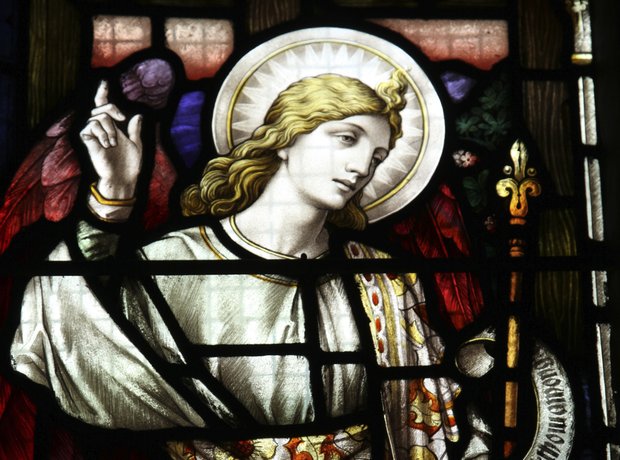

Share it people